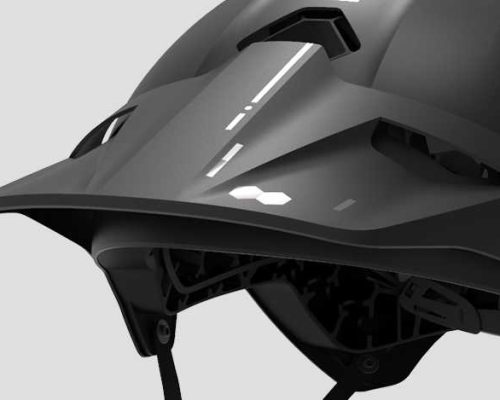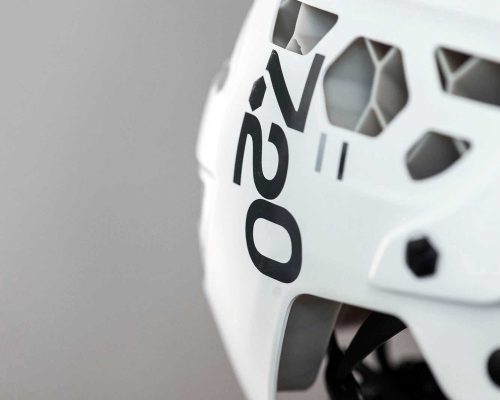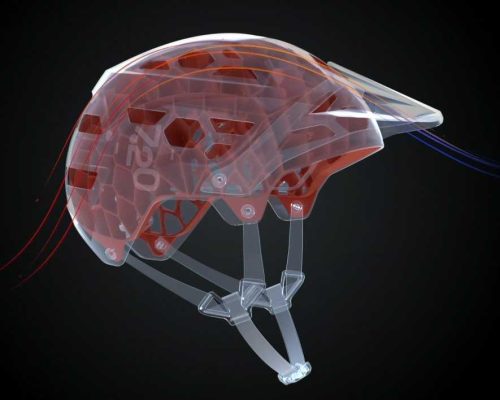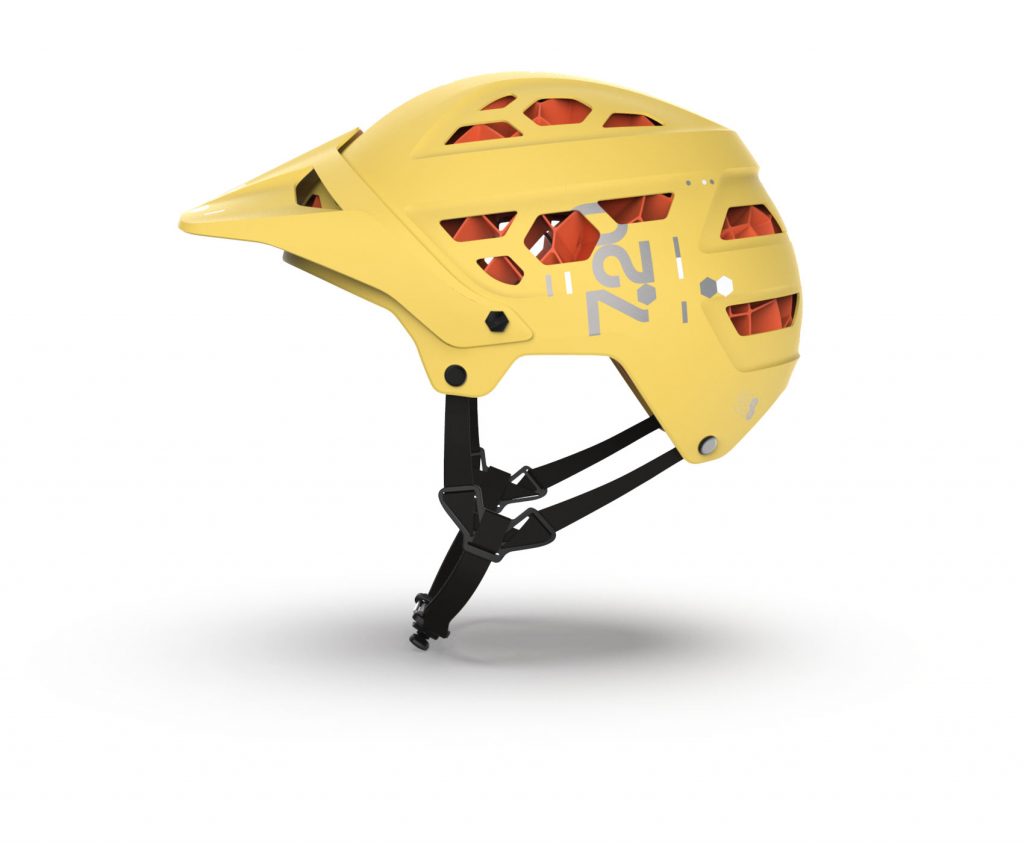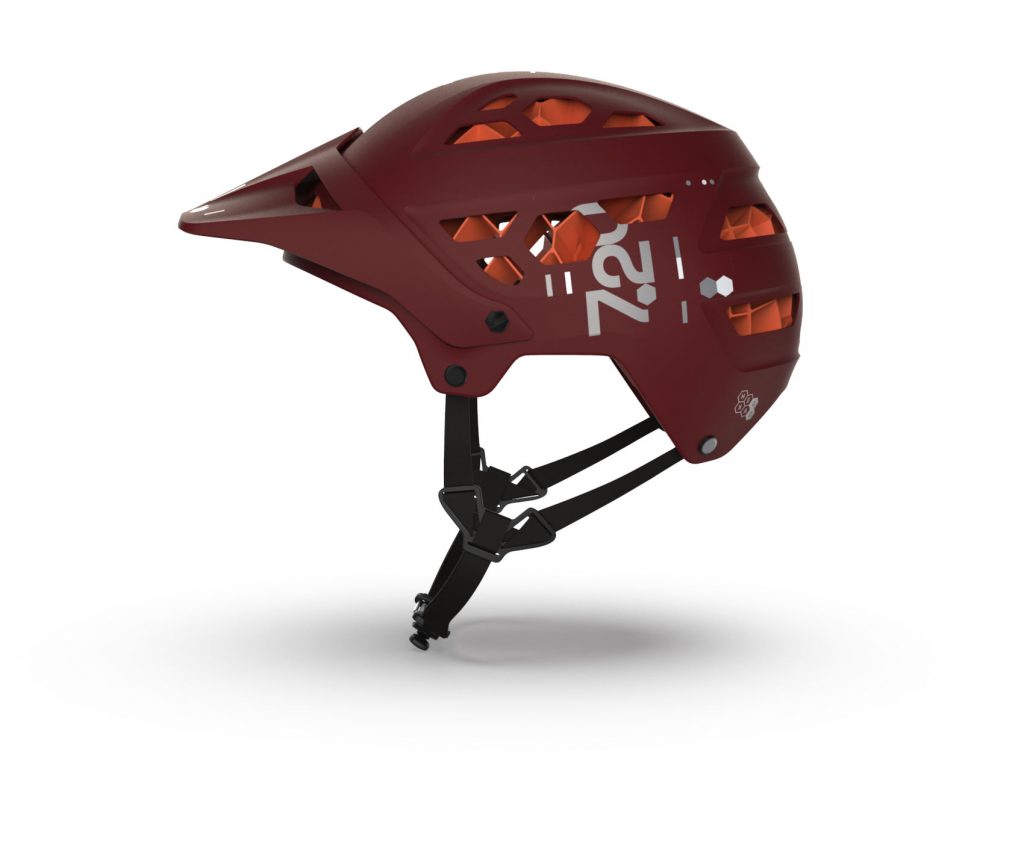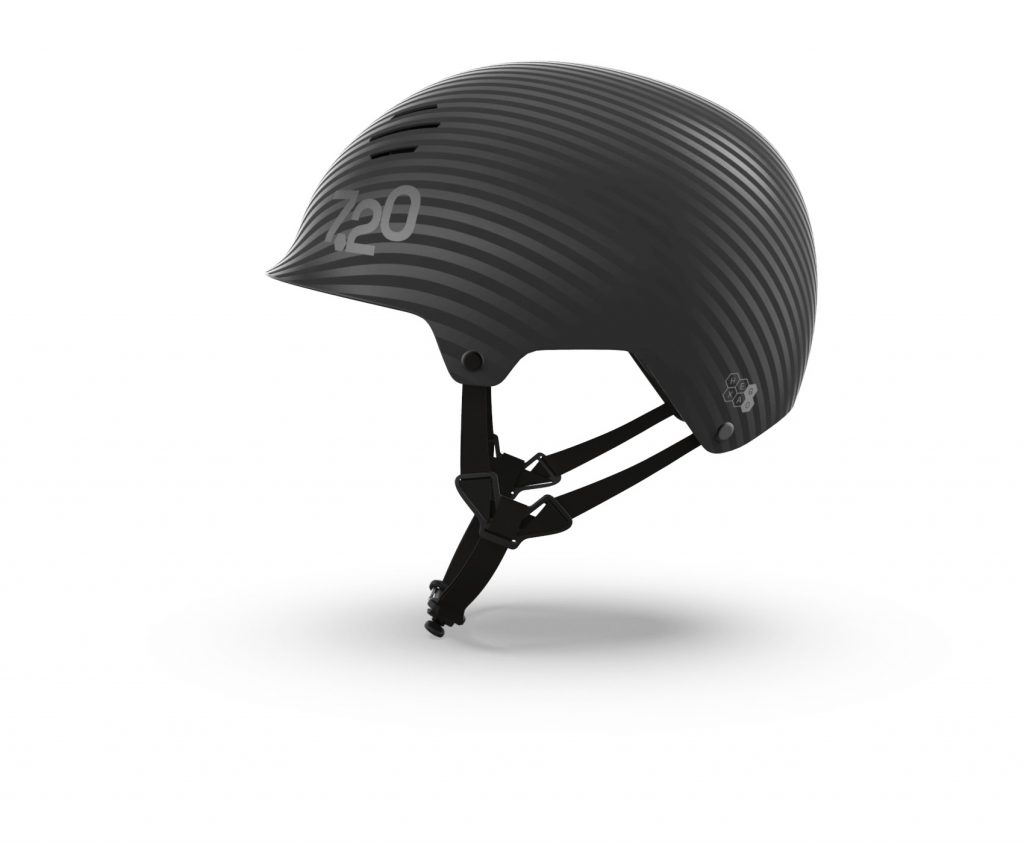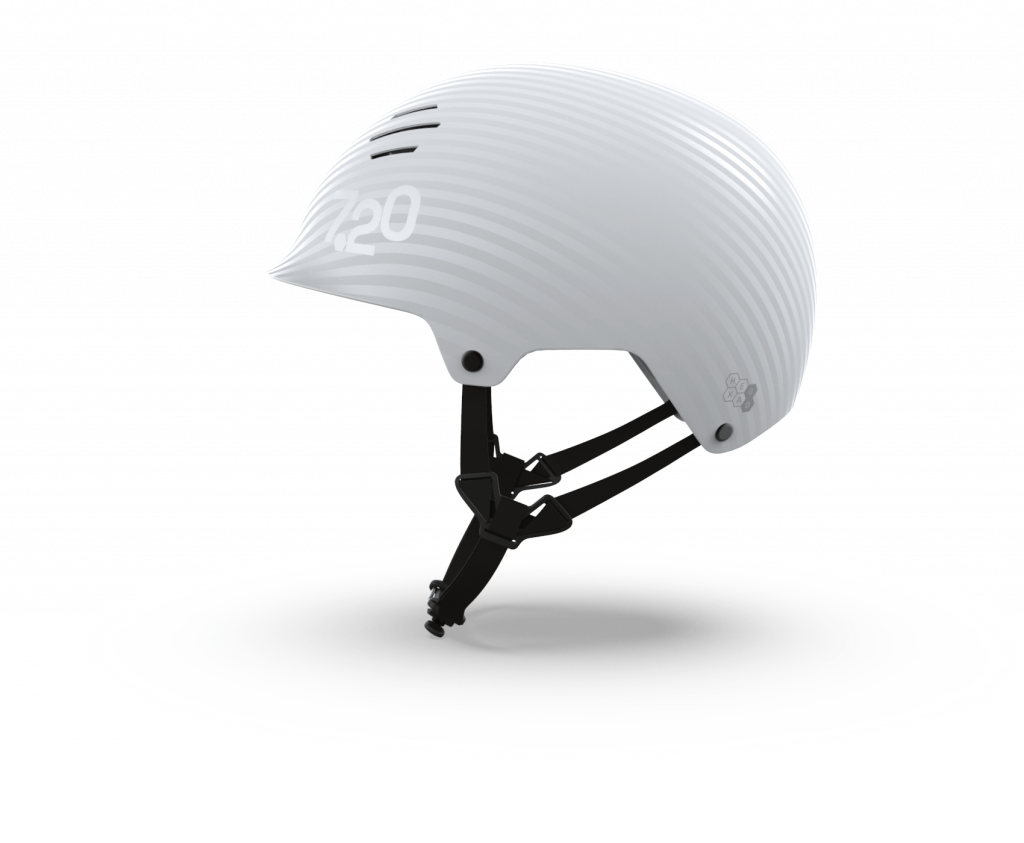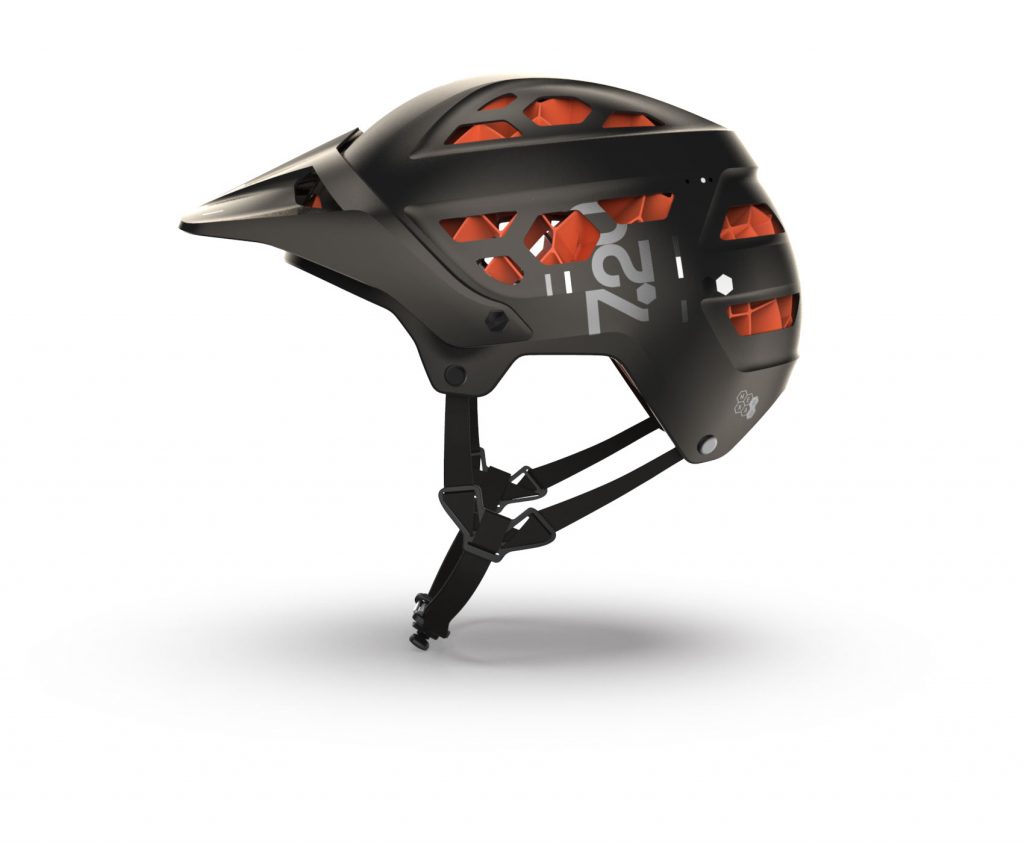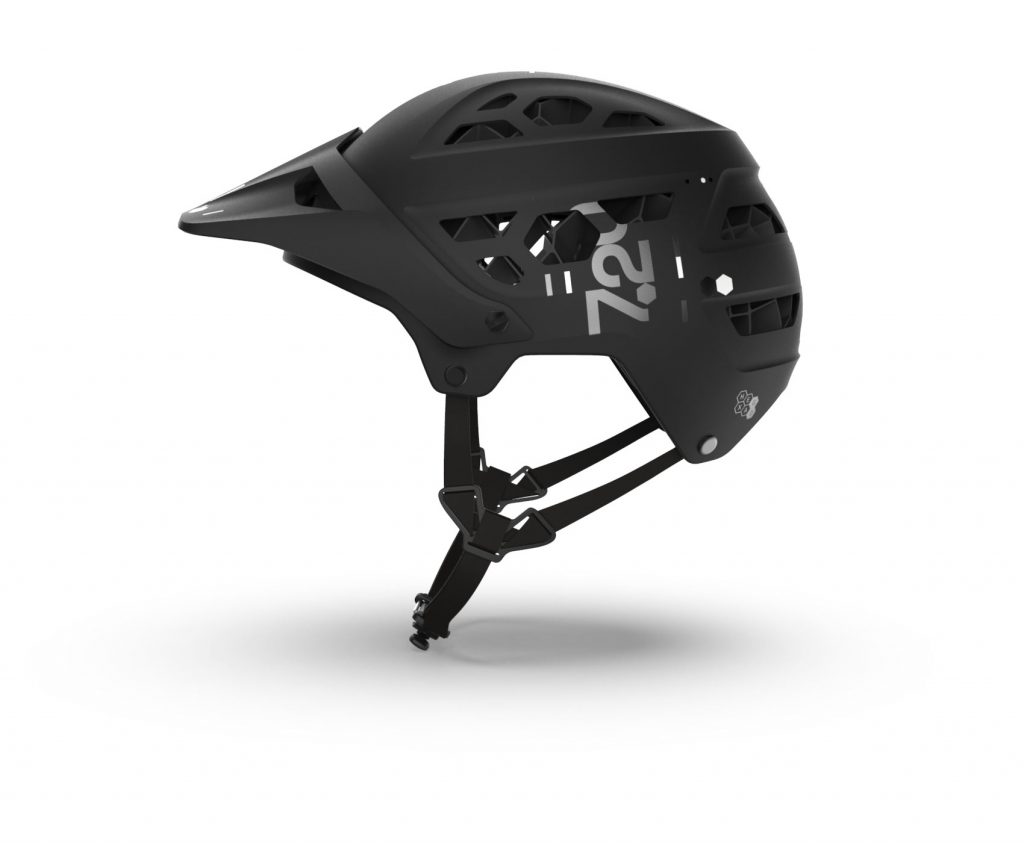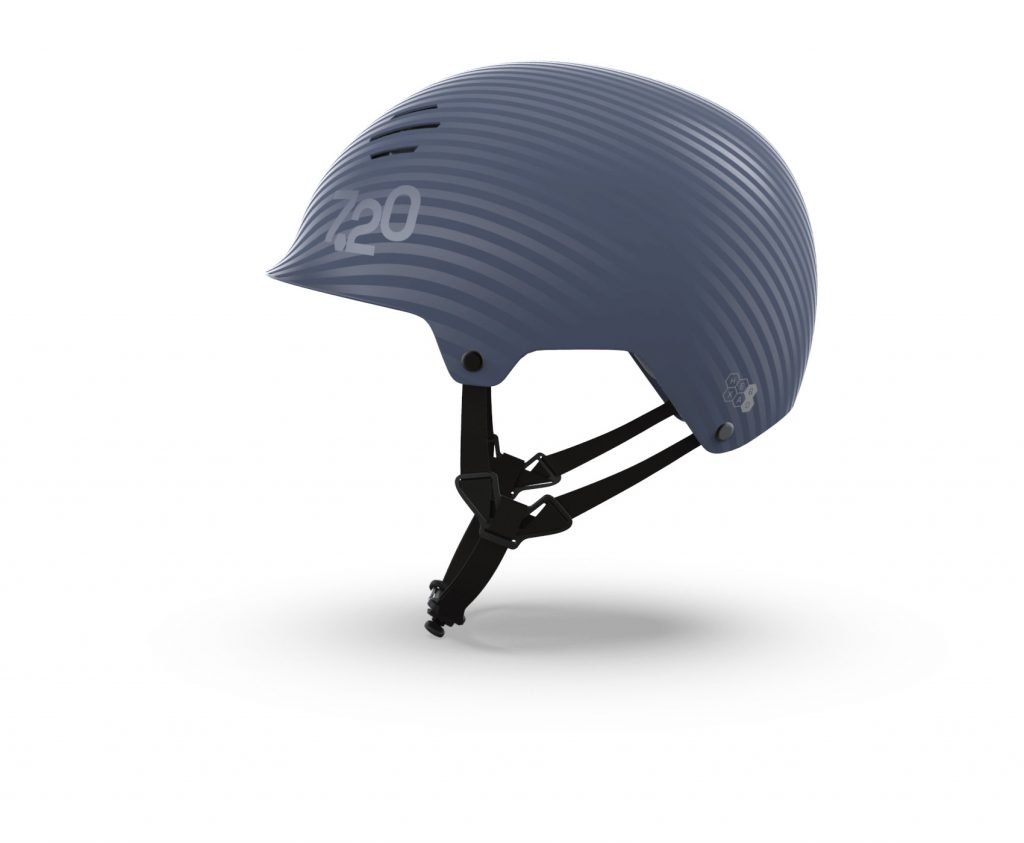The innovation of freedom
The wild 1970s?
The outside is made of polycarbonate or ABS, the inside of expanded polystyrene. Or, in simple terms: a hard shell outside, a stiffer (styrofoam) core inside. Sports helmets have been made with these basic materials from the 1970s to this very day. Yet, when we look at the actual function of a helmet – i.e. to protect our heads – and at the same time remember that we shouldn’t let a helmet accidentally fall to the ground (because it can no longer then perform this very function), we actually find that the 1970s were too wild – at least for the demands of our heads.
Time for a revolution!
It goes without saying that we too love (wild) action and adventure. But we can only give this passion free rein if we ourselves are free of worries… That’s why we focus on revolution and innovation – and because innovation starts not only in, but also on the head, we have developed a new, very special technology for sports helmets – for mountain bikers, city cruisers or winter sports fanatics. Here are the three top reasons why SEVENTWENTY helmets are super-safe:
First: excellent shock absorption
While a helmet’s outer shell serves to protect its inner core, as well as to prevent sharp objects such as stones or branches from penetrating, the inner layer performs the helmet’s most important function, namely shock absorption.
Our patented HexaGo technology is a great leap forward towards safety: its hexagonal honeycomb structure made of special elastomer gives the helmet extreme stability and elasticity. This is better able to absorb the impact force – which in turn massively reduces the impact in the event of a fall..
Second: rotational impact
The (r)Evolution in Helmets History – The development of bike helmets and SEVENTWENTY’s revolutionary new technology HexaGo
The image shows what a crash usually looks like: in most cases, in addition to the translational impact we will also see a rotational impact. In simple terms that means that the impact force will not only affect a well defined direction but it will also automatically create a rotational movement when the head hits the ground in a certain angle. Such a rotational motion affects the human head more strongly than a linear impact, thus increasing the risk of injury. We have therefore taken into consideration the aspect of rotational impact when constructing our helmet. The honeycomb structure will protect the head not only in the event of a translational impact; thanks to its elasticity in all directions, the hexagonal structure will optimally absorb also the rotational force of the impact.
Third: safety (tests) first
The EU standard governing bicycle helmets states that these must not exceed a maximum of 250g. This is in fact ridiculous when we consider that an acceleration of 300g can have fatal consequences. Basically, the lower the value, the safer the helmet! Only when the value is around 100g the risk is limited to a moderate concussion. The average value for the helmets currently on the market is 175g (see Bicycle Helmets 2019, Folksam).
We are proud to say that, with its HexaGo structure, SEVENTWENTY’s maximum value of 115g sets new standards in terms of helmet safety!
Watch out!
Helmets have a tough job to do! Want to find out more about the testing process?
Yes, we love action and adventure – and above all the feeling of freedom! For us this means improving the safety of sports helmets so as to protect what ultimately makes us human: our heads!
SEVENTWENTY – Super Safe Protections



